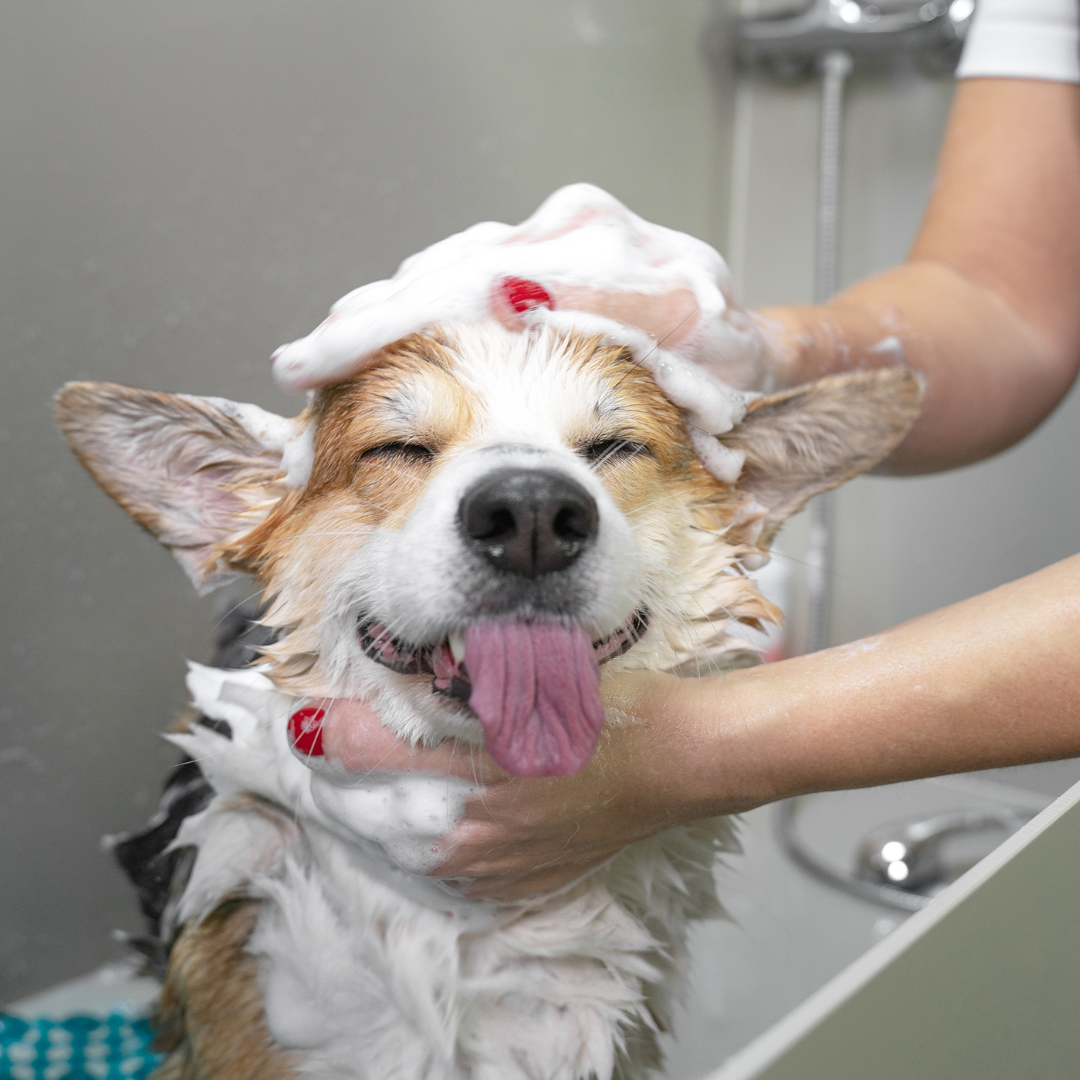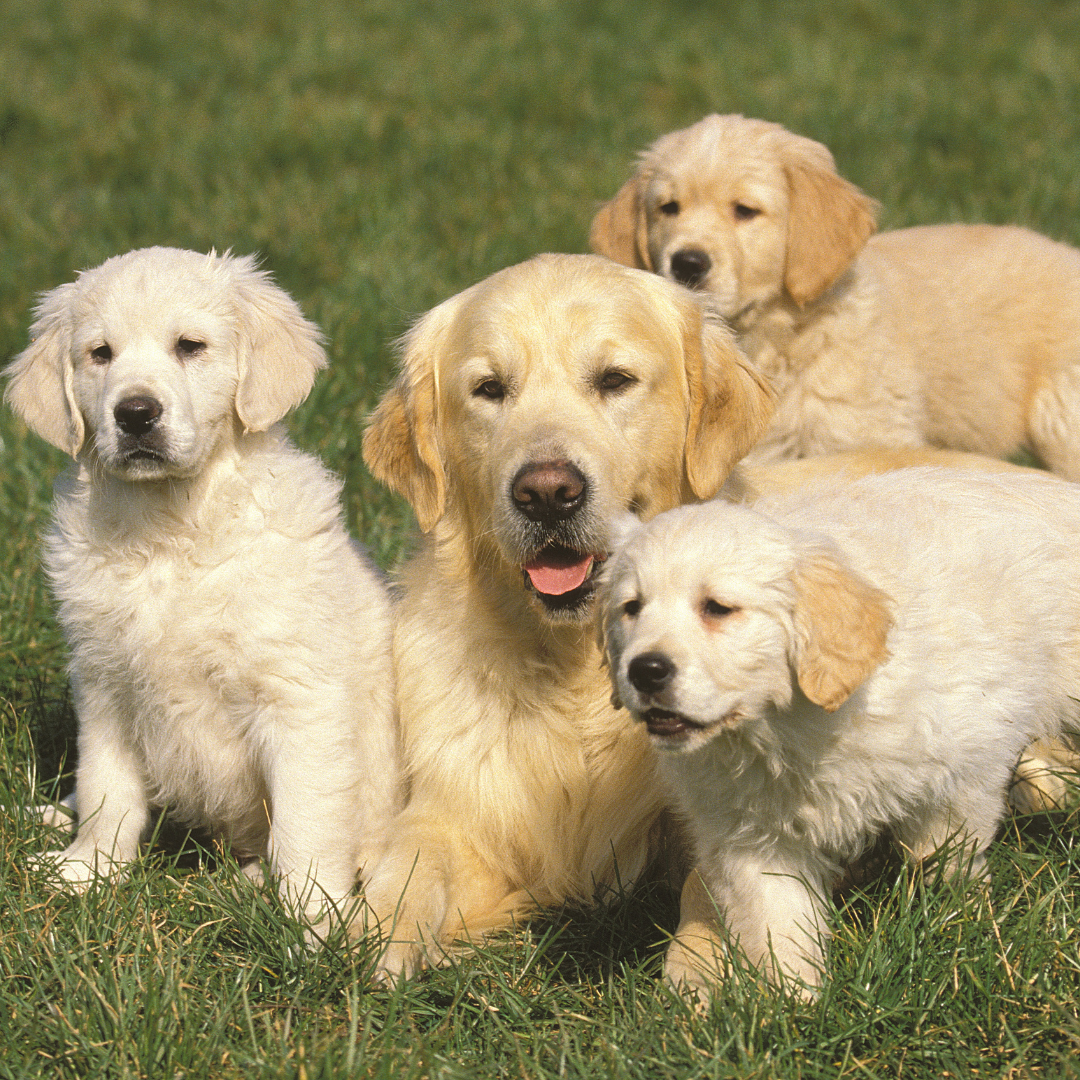As any dog owner knows, caring for a furry friend is a lifelong commitment that requires attention, love, and a little know-how. Whether you’re a new dog parent or a seasoned one, there’s always something new to learn about how to best take care of your dog. In this blog, we'll cover the essentials of dog care, from nutrition and exercise to grooming and health checkups. Let’s dive into the world of dog care and learn how to keep our pups happy, healthy, and thriving!
1. Proper Nutrition: Fueling Your Dog for Life
Just like us, dogs need the right kind of food to stay healthy. A balanced diet is essential for your dog’s growth, energy, and overall well-being.
- Choosing the Right Food: When selecting dog food, look for high-quality ingredients that are appropriate for your dog's age, size, and activity level. Puppies, adult dogs, and seniors have different nutritional needs. Always opt for food with a good mix of protein, healthy fats, fiber, and essential vitamins.
- Portion Control: Overfeeding or underfeeding your dog can lead to health issues like obesity or malnutrition. Make sure to follow the recommended portion sizes based on your dog’s weight and activity level.
- Fresh Water: Hydration is key! Always provide access to fresh water throughout the day.
2. Regular Exercise: Keep Your Dog Active
Exercise is an essential part of a dog’s daily routine. It not only helps to keep your dog physically fit but also provides mental stimulation.
- Walks: Daily walks are a must, especially for high-energy dogs. Aim for at least 30 minutes to an hour of walking each day, depending on your dog’s breed and energy level.
- Playtime: Engaging in games like fetch, tug-of-war, or even hide-and-seek provides great mental stimulation and bonding time.
- Training: Incorporating training sessions into your routine can be both a physical and mental workout for your dog.
3. Grooming: Keeping Your Dog Looking and Feeling Good
Grooming isn’t just about keeping your dog looking cute—it’s also important for their health. Regular grooming helps maintain a clean coat, prevents matting, and allows you to spot any health issues early.
- Brushing: Brush your dog’s coat regularly to remove loose hair and prevent matting. The frequency of brushing depends on your dog’s coat type. Long-haired dogs may need daily brushing, while short-haired dogs may only need it once a week.
- Bathing: Dogs don’t need to be bathed as often as humans, but a bath every 4 to 6 weeks is a good rule of thumb. Use a dog-specific shampoo to avoid skin irritation.
- Nail Trimming: Keep your dog’s nails trimmed to avoid painful splits or issues with walking. If you’re unsure about trimming your dog’s nails, consult a professional groomer.
4. Health Checkups: Keeping Your Dog’s Health in Check
Regular veterinary visits are essential for your dog’s long-term health. Routine checkups help detect health issues early, keeping your dog in top shape.
- Vaccinations: Make sure your dog is up to date on their vaccinations to protect them from preventable diseases.
- Flea and Tick Prevention: Depending on your location, fleas and ticks can be a big concern. Talk to your vet about preventive measures such as medications or collars.
- Dental Care: Oral hygiene is often overlooked but just as important. Brush your dog’s teeth regularly using dog-safe toothpaste and consider giving them dental chews or toys to keep their teeth clean.
- Parasite Control: Ensure your dog is on a parasite prevention plan to protect against worms, fleas, and ticks.
5. Training: Building a Positive Relationship
Training is crucial for ensuring a well-behaved, happy dog. A well-trained dog is safer, easier to manage, and more confident in their environment.
- Positive Reinforcement: Use treats, praise, and toys as rewards for good behavior. This encourages your dog to repeat the actions that you want.
- Consistency: Be consistent with commands and expectations. Dogs thrive on routine, so make sure everyone in your household is on the same page.
- Basic Commands: Start with basic commands like sit, stay, come, and heel. These are essential for your dog’s safety and help foster good behavior.
6. Socialization: Building Confidence Around Others
A well-socialized dog is more likely to be calm, confident, and less anxious in new situations.
- Puppy Socialization: If you have a puppy, expose them to different people, dogs, and environments in a controlled manner. This will help them become well-adjusted adults.
- Adult Dog Socialization: For adult dogs, introducing them to new experiences, people, and other pets can help prevent fear-based aggression or anxiety.
7. Mental Stimulation: Keeping Your Dog’s Brain Active
A happy dog isn’t just physically fit—they also need mental stimulation to thrive. Bored dogs can become destructive, anxious, or depressed.
- Puzzle Toys: Invest in interactive toys or treat-dispensing puzzles that challenge your dog’s brain and keep them engaged.
- Training and Tricks: Learning new tricks or commands isn’t just fun—it helps keep your dog’s mind sharp.
- Rotating Toys: Instead of giving your dog all their toys at once, rotate them to keep things fresh and exciting.
8. Creating a Safe and Comfortable Space
Your dog needs a designated space where they feel safe, secure, and comfortable.
- Bed: Provide your dog with a comfortable bed or blanket that’s just for them.
- Safe Environment: Ensure your home is safe by keeping harmful substances (like cleaning supplies or small objects) out of reach.
- Safe Outdoor Space: If your dog spends time outside, make sure the yard is secure and that they can’t escape.
9. The Power of Love and Attention
Lastly, never underestimate the power of love and attention in your dog’s life. Dogs are social creatures who thrive on affection and companionship. Spend quality time with them, give them plenty of cuddles, and let them know they’re a cherished member of the family.




Leave a comment
This site is protected by hCaptcha and the hCaptcha Privacy Policy and Terms of Service apply.